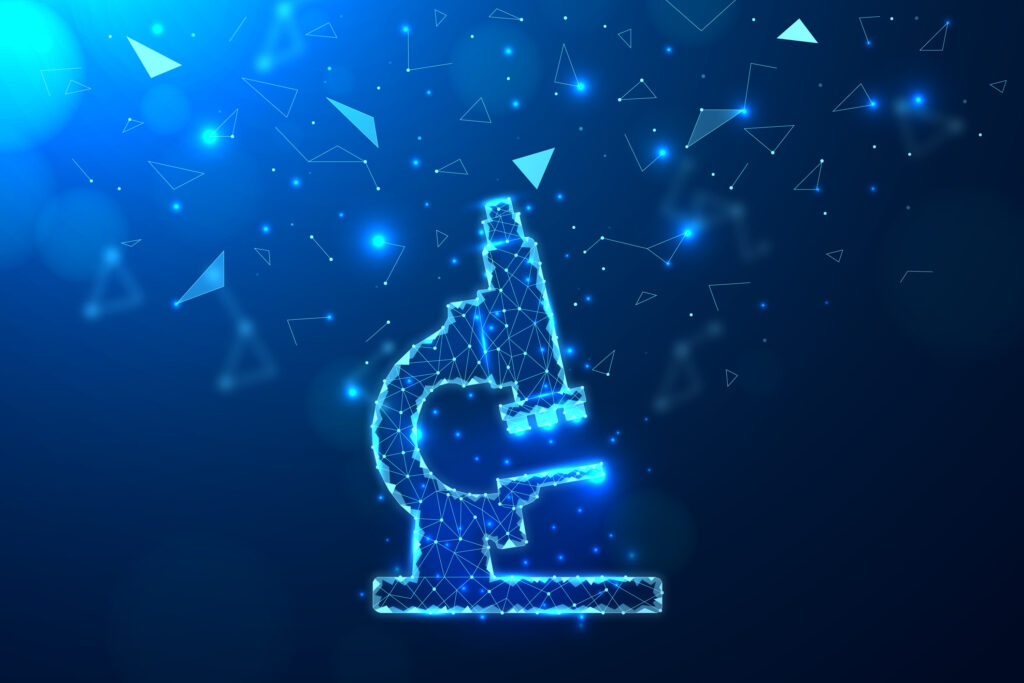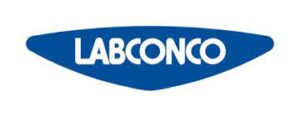Our Service
We position our clients at the forefront of their field by advancing an agenda.
Laboratory Equipment.
We provide all lab supplies, chemicals, devices, equipment, tools, glassware, plasticware and biological substances like genomic parts and sequences.
Planning Consult
We provide complete plans for research requirements including identification of products and equipment required and we mainly contribute to technical support.
Support
We have a team of experts to support you in your search, our after-sales services are distinguished to achieve the greatest benefit for you from our product
VIP Services
We provide additional logistical services to our clients such as delivery, shipping, and facilitated administrative and financial procedures.
Become Our Distributor
You can start investing in the field of scientific equipment in your country, we will provide you with all reliable sources for all products in the field.







